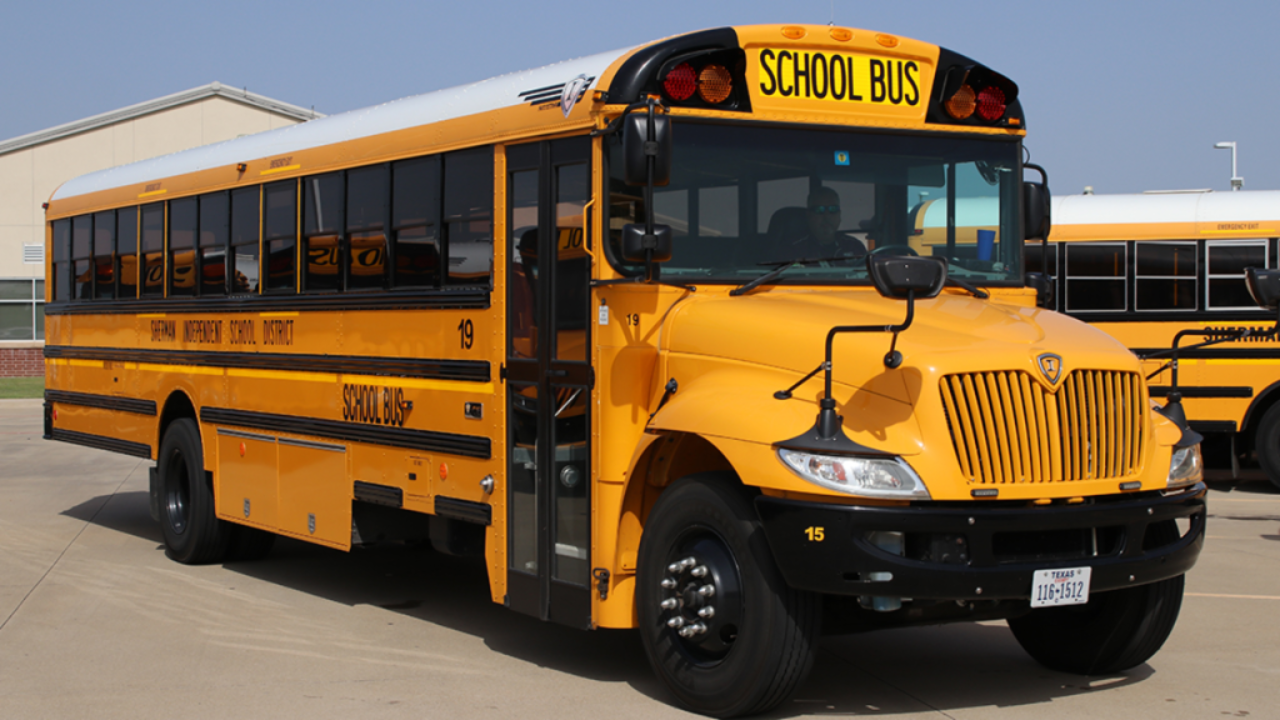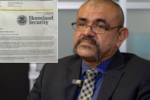Many people think school buses are the safest way for kids to travel, but are they truly safe enough? Every year, over 100 people lose their lives in school bus crashes, and more than 13,000 are injured, according to Campus Safety.
While buses are safer than cars, a recent tragic accident in Texas has highlighted the need for improved safety measures.
Earlier this year, a crash involving a Hays CISD school bus and a concrete truck led to the loss of two lives. One of them was a five-year-old boy, Ulises Rodriguez Montoya, who was returning from his first school field trip to the zoo.
The crash was caused by the truck driver, who had illegal substances in his system and very little sleep. He drifted into the bus’s lane, causing it to overturn.
The bus did not have seatbelts. After the tragedy, Hays ISD decided to retrofit its buses with seatbelts, but not all districts are following suit. Shouldn’t every Texas school bus have seatbelts to protect its students?
Texas law states that buses made in 2018 or later must have three-point seatbelts. However, most districts still operate older buses.
Additionally, schools can opt out of the requirement if they claim they lack the budget for new buses or retrofits. This loophole leaves many students at risk.
It’s disheartening to see that student safety often comes second to balancing a budget. While buses may be statistically safer than other vehicles, a lack of basic safety measures like seatbelts can turn a survivable accident into a devastating tragedy.
The recent tragedy serves as a wake-up call for school districts across Texas. Protecting children on their way to school shouldn’t be optional—it should be a priority. Hopefully, more funding will be allocated to ensure every child is safe on the road.
Note: Every piece of content is rigorously reviewed by our team of experienced writers and editors to ensure its accuracy. Our writers use credible sources and adhere to strict fact-checking protocols to verify all claims and data before publication. If an error is identified, we promptly correct it and strive for transparency in all updates.








